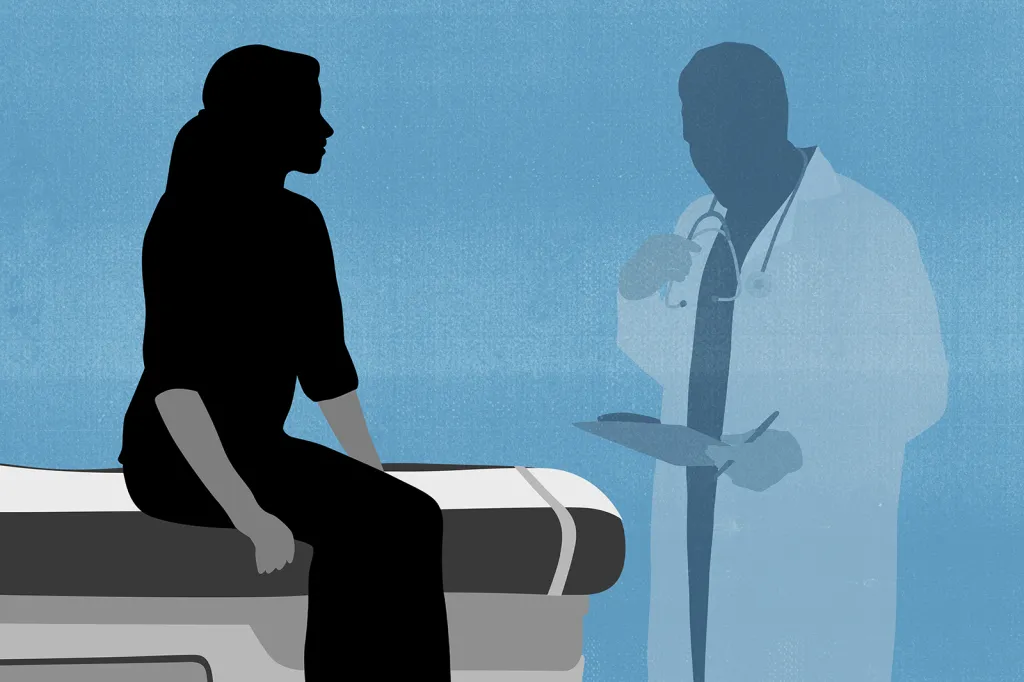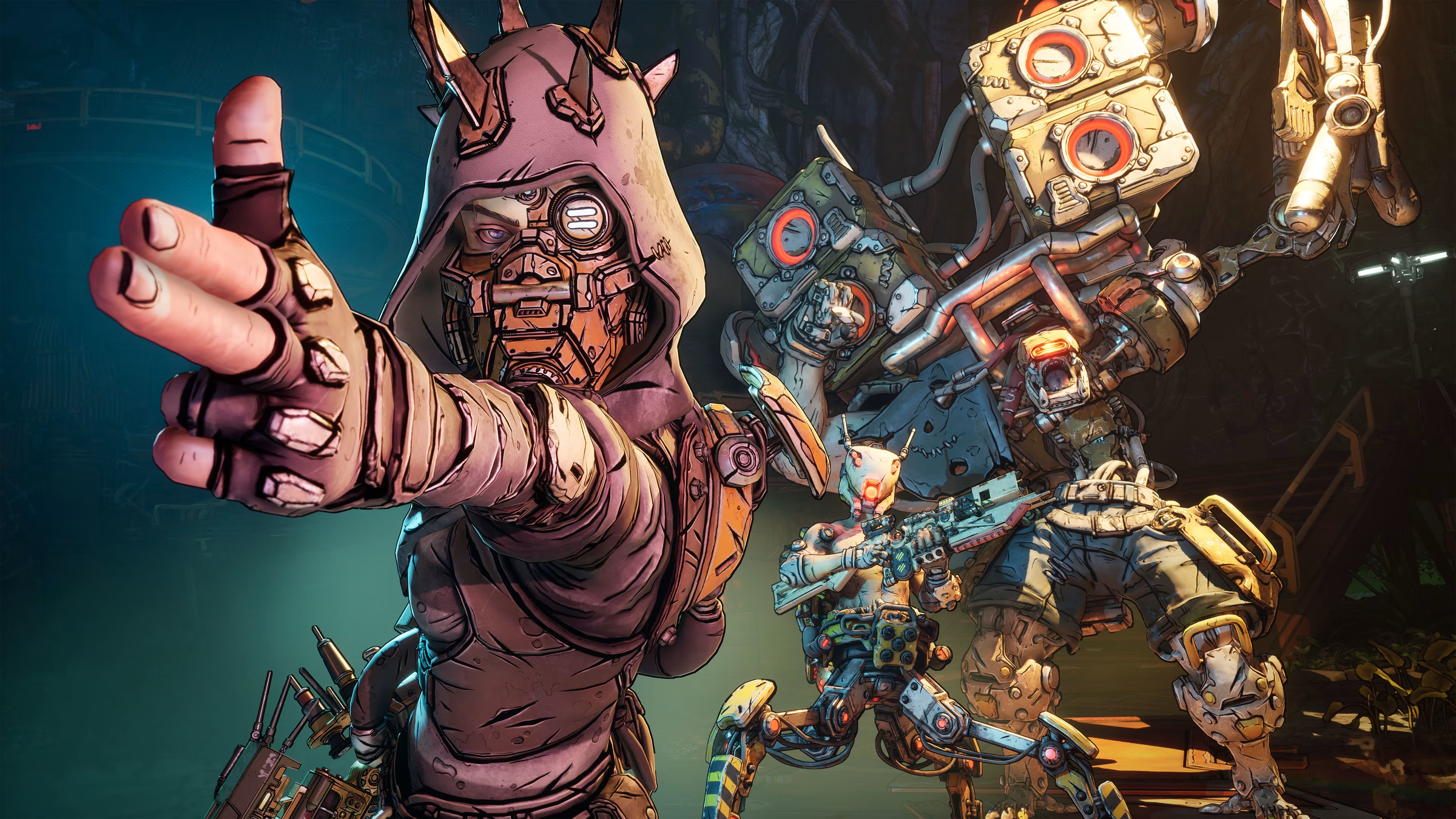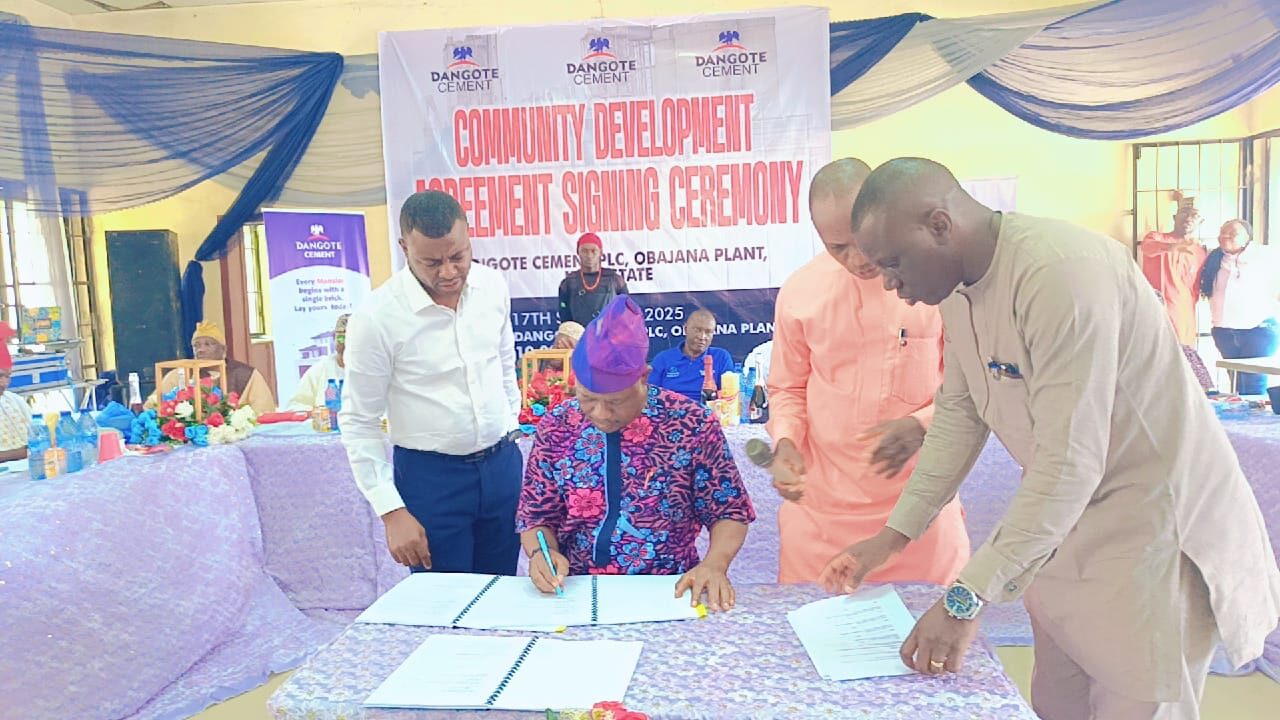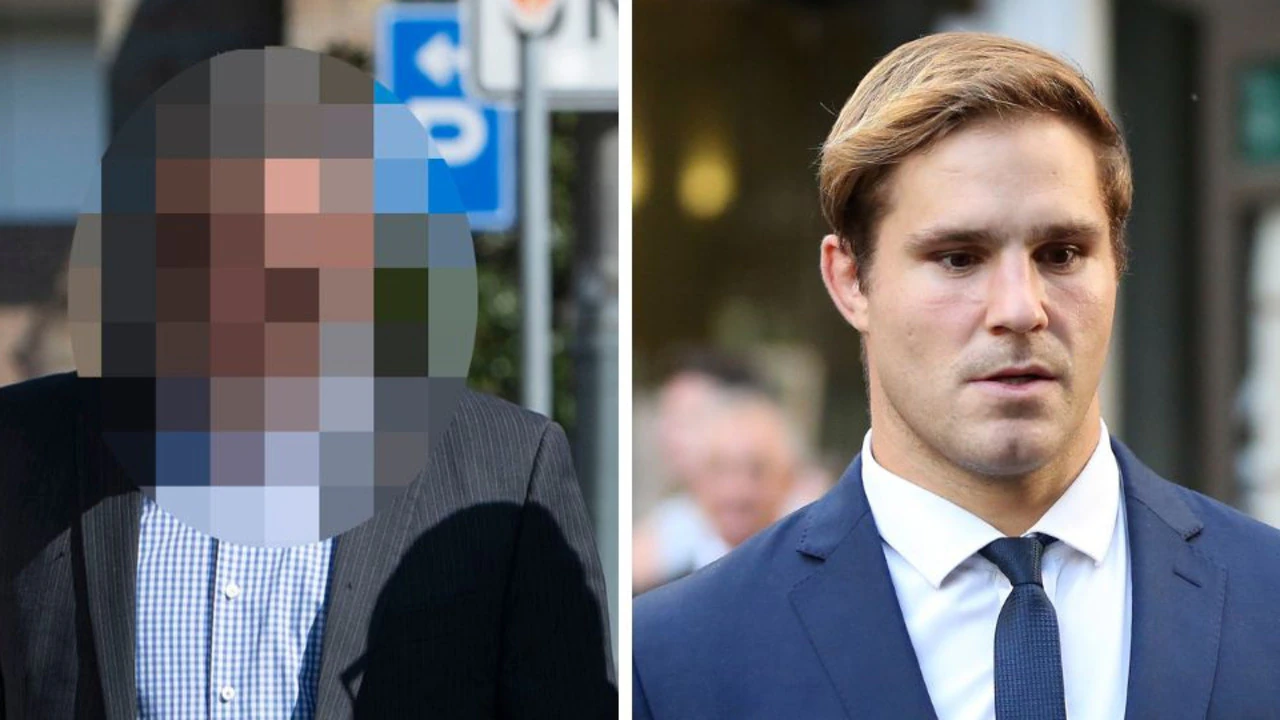
Editor’s note: This oped deals with the topic of suicide.
September is Suicide Prevention Month and also the beginning of school for many young people. Sadly, the two topics are connected. Suicide was the second leading cause of death for 10–34-year-olds in 2023, according to the Centers for Disease Control and Prevention. It is the most savage and preventable mental health crisis of our youth.
September was also a benchmark in my own personal war against suicide. I received high praise from a renowned suicide expert on the memoir of my son’s death, “Back from Suicide.”
Dr. Christine Moutier is the Chief Medical Officer of the American Foundation for Suicide Prevention, an organization I relied on for the nearly 20 years since Patrick died. It’s the largest private funder of suicide prevention research and a huge solace for survivors.
There is no better antidote for the misery of suicide than an AFSP 5-kilometer walk with other bewildered parents, even in the pouring rain. Nine months after Patrick died, I shared an umbrella with a mother who lost her daughter and the daughter’s boyfriend to suicide. They wanted money for drugs. She wouldn’t give it to them. They drove their car into her garage, put a hose from the exhaust into the car, and died of carbon-monoxide poisoning. Their method was similar to Patrick’s death, but I thanked goodness I only lost one child instead of two. That is the strength of the AFSP. It gives perspective on your loss.
Dr. Moutier suffered suicide losses early in her medical career and dedicated her life to the science of prevention. Somehow, she found time to read “Back from Suicide” and said it was “outstanding in so many ways. Your research and deep yet digestible way of presenting very complex material is remarkable. And the ways you interweave stories so that the reader can have glimpses into who Pat was and the life he lived, interspersed with science and key information is masterful.”
Dr. Moutier’s kind words were a giant leap for a first-time author. She gave me the verification I needed to explain depression as the disease that drove Patrick to his death. She gave me the courage to keep plugging the assertion that if 90 percent of suicide is connected to mental illness, according to the AFSP, we need to think of suicide as a mental illness as well. Brain studies point us in that direction because the brains of those who die by suicide are different. The hippocampus, crucial for memory and learning, is smaller. Parts of the prefrontal cortex, which control emotions and impulses, are also smaller, and serotonin is lower. Suicide is a biological as well as a logical descent.
Dr. Moutier cautioned against oversimplifying. “I do think of suicide as a highly complex health outcome, and the struggles that lead up to suicide as heterogenous… Upstream factors, considered social determinants of health, are also very relevant for suicide… We have so very far to go in terms of understanding the brain as a real organ in the body that can wax and wane in health or can be prone to serious illness.”
Her emphasis on the brain as an organ influenced by upstream factors made me scour my memory of Patrick’s life. I landed on the fact that he was gay and brilliant, which made him a tiny minority at Pomfret School, where he graduated as valedictorian in 2001. It made him hide his identity and become isolated—key components of his depression diagnosis. I thought the issues of being gay and brilliant were manageable by a 23-year-old Stanford graduate with perfect SAT scores. But biology taught me they were not manageable. Patrick was likely compromised by the lifelong disease of depression and an impaired organ that usually functioned way better than mine—the organ called the brain.
I stress the effect of changes in the brain because they might give the nearly 50,000 who kill themselves in the US every year the gravity, the clarity, and the impact they deserve. They might target suicide as the killer it is. They might give the many thousands of survivors concrete answers to suicide rather than the myriad of details that surround each death and leave us cycling through grief for the rest of our lives. Most importantly, they might help relieve the guilt. They might help us realize suicide was not our fault. We did not kill anyone. Suicide was more likely the result of mental illness that impaired the very part of our being that makes decisions, including the decision of whether or not to kill ourselves. As Dr. Moutier put it in her email to me, “The large majority of people who take their lives were suffering from an illness, even if many weren’t able to see it as such.” As I myself put it in “Back from Suicide,” “I let a severely damaged brain make the worst decision of its life.”
Marie Lisette Rimer Marie Lisette Rimer is a retired English teacher and author in Pomfret, Connecticut. Her book is “Back from Suicide: Before and After the Essential Patrick.”
Anyone seeking help can call the Suicide and Crisis Lifeline at 988.



